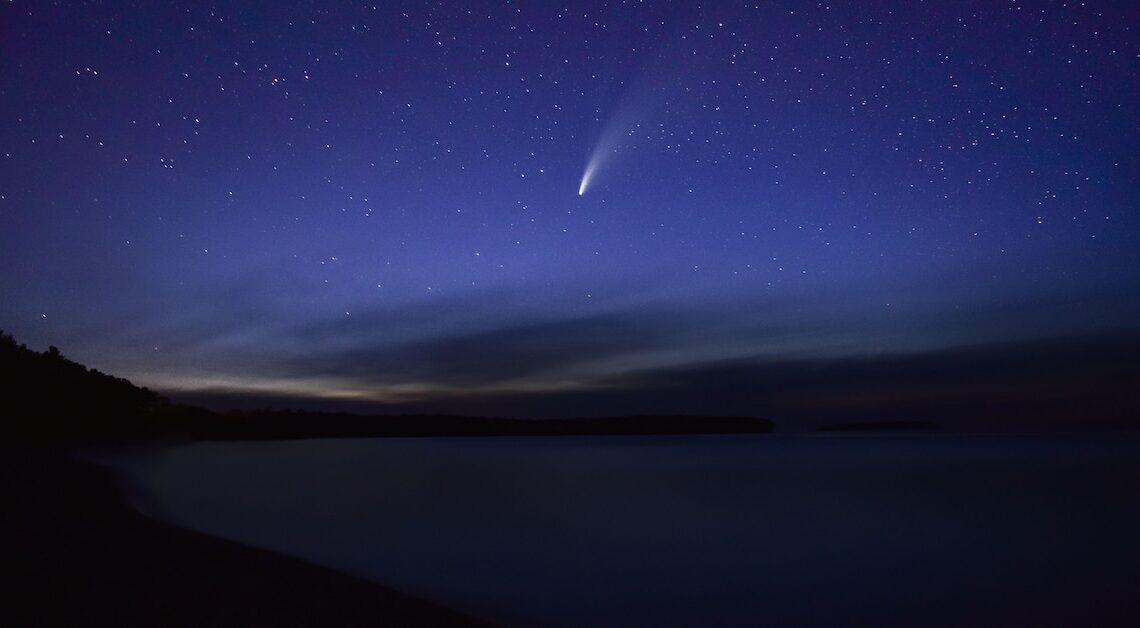
Every year in August, a special natural spectacle lights up the night sky: the Perseids. Find out how to experience the meteor shower in the best possible way.
Perseids: A shooting star spectacle in August
The Perseids are an annual celestial spectacle that fascinates astronomy enthusiasts and romantics alike. The peak of the meteor shower usually occurs in mid-August, when the Earth passes through the densest part of the dust trail of the comet Swift-Tuttle.
- The Perseids are known as a meteor shower that peaks every year in August.
- Shooting stars are actually small rock or metal particles that burn up in the Earth's atmosphere.
- The best time to observe the Perseids is usually on the nights around August 12th.
- To see the shooting stars, you do not need any special equipment, a clear sky and patience are enough.
Optimal preparation for the Perseid meteors
To experience the Perseids in all their glory, you should keep a few tips and tricks in mind. Proper preparation and a suitable observation location are crucial for a successful shooting star hunt.
- To better see the shooting stars, find a dark place away from city lights. For example, you can go into the forest or to the top of a hill.
- Plan your night of observation around the peak of the meteor shower to experience the highest meteor activity.
- Don't forget to dress warmly and bring a bed or blanket to lie on comfortably. Coffee or energy drinks can also be useful, as you will be up and about for part of the night.
- Patience is key: it may take a while before you see the first shooting stars, so don't give up too quickly and you will surely be rewarded.
Observation techniques: How to make sure you don’t miss a shooting star in August
Not only the when and where, but also the how plays a role in observing the Perseids. Some techniques can help make the experience even more impressive.
- Do not look directly at the radiant, the point of origin of the shooting stars, but look at the entire sky.
- Avoid looking directly into light sources to avoid impairing your night vision. Turn off all flashlights and, if possible, stop looking at your bright smartphone screen
- Use a star map or astronomy app to familiarize yourself with the constellations so you can pinpoint the exact spot where the Perseids will appear.
- Keep your eyes moving and scan the sky to catch as many shooting stars as possible.
